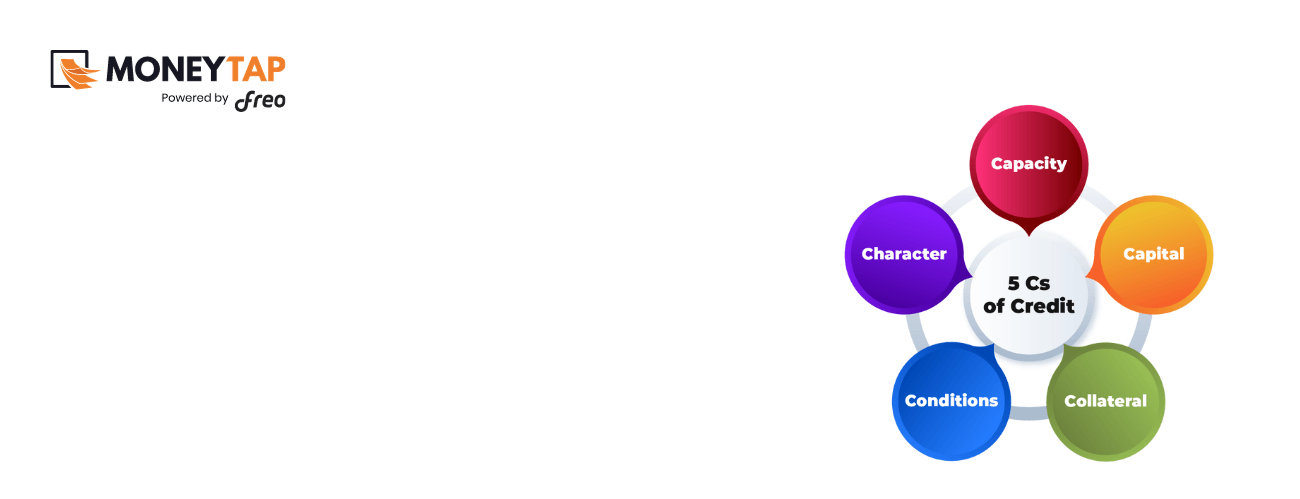Topic
- Around India with MoneyTap 1
- Consumer Durable 1
- Credit Cards 32
- Credit Score 27
- Finance 33
- General 52
- Know MoneyTap Better 26
- MoneyTap 50
- MoneyTap in Daily Life 38
- Personal Loan 86
- Shopping on EMI 4
- Wedding Loan 1
What is a FICO Score?
Created by the Fair Isaac Corporation, a FICO credit score, is a number that represents a person’s creditworthiness. Banks, financial institutions and credit card companies use this score to assess your repayment capacity for the amount you are borrowing. The FICO Score determines whether or not you are approved a loan, how much loan can you get, and the interest you are charged.
The FICO credit score range is between 300 and 850 (and up to 900 for some industry-specific scores). Higher scores are an indication that you are an attractive borrower and a better credit risk.
FICO is one of the primary credit-rating companies in the U.S. FICO Score has been launched in India to provide Indian lenders with a strongest possible consumer credit risk assessment based on credit information from the credit reports of any of the major credit bureaus in India.
Read on to learn more.
FICO In India
FICO, a popular credit scoring company in the U.S, has launched FICO Score for India, and FICO Score X Data India, an alternative data score, is rolled out in partnership with Lenddo- a Singapore-based company. The credit rating services – FICO Score and FICO Score X Data India – help Indian lenders assess risk with greater accuracy.
According to the World Bank report, about 50% of India’s adult population is underbanked or unbanked. FICO’s non-traditional credit scoring model can provide Indian lenders greater flexibility to extend credit to a larger section of the market that was not scored due to lack of credit history, thus promoting the financial inclusion program Modi government.
FICO’s dual score service that integrates FICO Score X Data with FICO Score for India is a superior risk assessment model that uses the insight gained from multiple risk measures. This enables lenders to increase their lending approval rates and grow their portfolio without increasing default risk.
The FICO Score is based on the data extracted from other reputed credit bureaus of India. And the FICO Score X Data India is based on the other non-traditional information such as a person’s digital footprints, smartphone records, and social media.
FICO Scoring Model
The FICO scoring model has the best track record and is considered to be the most reliable. The score has been going through numerous revisions since 1989. The revisions take into consideration the changing factors that help determine an accurate credit score.
FICO Score Ranges
The “classic” FICO scoring model provides consumers with a 3-digit number that ranges between 300 and 850.
| FICO Score | Rating |
|---|---|
| < 580 | Poor |
| 580 – 669 | Fair |
| 670 – 739 | Good |
| 740 – 799 | Very Good |
| 800+ | Exceptional |
Types of FICO Scores
There are different FICO Scores used for different products, but they can be grouped into two general categories.
- Base FICO Scores
- Industry-specific FICO Scores
The base FICO has 3 different versions, each based on credit reports from each of the major consumer credit bureaus: Experian, Equifax, and TransUnion.
Industry-specific scores are FICO Bankcard Score and FICO Auto Score. There are multiple versions of these as well.
Let’s break down the common FICO Score versions based on their use:
| FICO Score Types | Use |
|---|---|
| FICO Score 8 | Most commonly and widely used |
| FICO Score 3; FICO Bankcard Scores 2, 4, 5 and 8 | Credit card decisions |
| FICO Scores 2, 4 and 5 | Mortgage lending decisions |
| FICO Auto Scores 2, 4, 5 and 8 | Auto lending decisions |
| FICO Score 9, FICO Score 3; FICO Bankcard Score 9; FICO Auto Score 9 | Newly released versions, not widely used yet |
When FICO releases a new version of its scoring model, lenders have a choice – they can either upgrade to a new version or stay with the version they have.
How are FICO Scores Calculated?
FICO takes into account the relative percentage weights of the following parameters to determine a FICO credit score.
-
- Payment history:
This accounts for 35% of your score and is based on whether you’ve made your payments on time. Late payments or no payments hurt your FICO Score.
-
- Amounts owed:
The debt you have accounts for 30% of your score. It is based on the total amount you are used/using compared to the total credit limit available to you. This is also called the credit utilisation rate. Lower the ratio, the better will be the FICO Score.
-
- Length of credit history:
The length of time you’ve had credit affects 15% of your score. What’s the average time you have your accounts open? If you’ve been using credit cards responsibly for long, you might have a higher score than someone with a shorter credit history. Therefore, it’s advisable to keep your credit card accounts open even if you are not using them anymore.
-
- New credit:
This accounts for 10% of your FICO credit score. Applying for credit frequently lowers your score because creditors view you as a risk.
-
- Credit mix:
The types of credit accounts you have in your credit portfolio contributes to 10% of your credit score. The variety of credit accounts you have, including auto loans, home loans, personal loans, credit cards, etc. has an impact on your credit score. Greater the variety, higher will be the credit score. So, work towards building a balanced mix of credit accounts
-
- Features and Benefits of FICO Score for India
Below is a table highlighting the benefits and features of FICO Score for India:
| Features | Benefits |
|---|---|
| The score is generated on-demand | Increases speed of lending decisions, allowing applicants to get credit when needed and enabling staff to handle high application volumes |
| Consistently more predictive than other credit scores available | Reduce risk and portfolio cost through better decision-making when compared to other scores |
| Consistent objective scoring of applicants | Enables objective risk ranking for precise and fair decision-making |
What is the difference between a FICO Score and other credit scores?
While FICO and credit score sound like interchangeable terms, they are different. FICO uses the credit report information from each of the national credit bureaus – Equifax, Experian, and TransUnion to calculate FICO credit scores.
FICO has different scoring models and periodically updates them. Therefore, there are multiple FICO Score versions depending on each bureau’s databases, and that’s why there are many different FICO Scores.
FICO’s unique formulas are tailored to a certain product type. For example, if you’ve had a missed car repayment or your car repossessed on an auto loan, your FICO Auto Score will be calculated with extra weight on those factors. However, it’s important to note that your base or classic FICO Score is also likely to consider those factors, but they are weighted differently.
Key highlights
- FICO launched dual-score service that combines the FICO Score with FICO Score X Data India for better risk assessment.
- Lenders use FICO Scores to help determine the applicant’s likelihood of repaying bills on time.
- FICO has many different scoring models, and it keeps on updating its scoring models.
- FICO uses the information in your credit reports to calculate your credit scores.











 Get it on playstore
Get it on playstore Get it on appstore
Get it on appstore